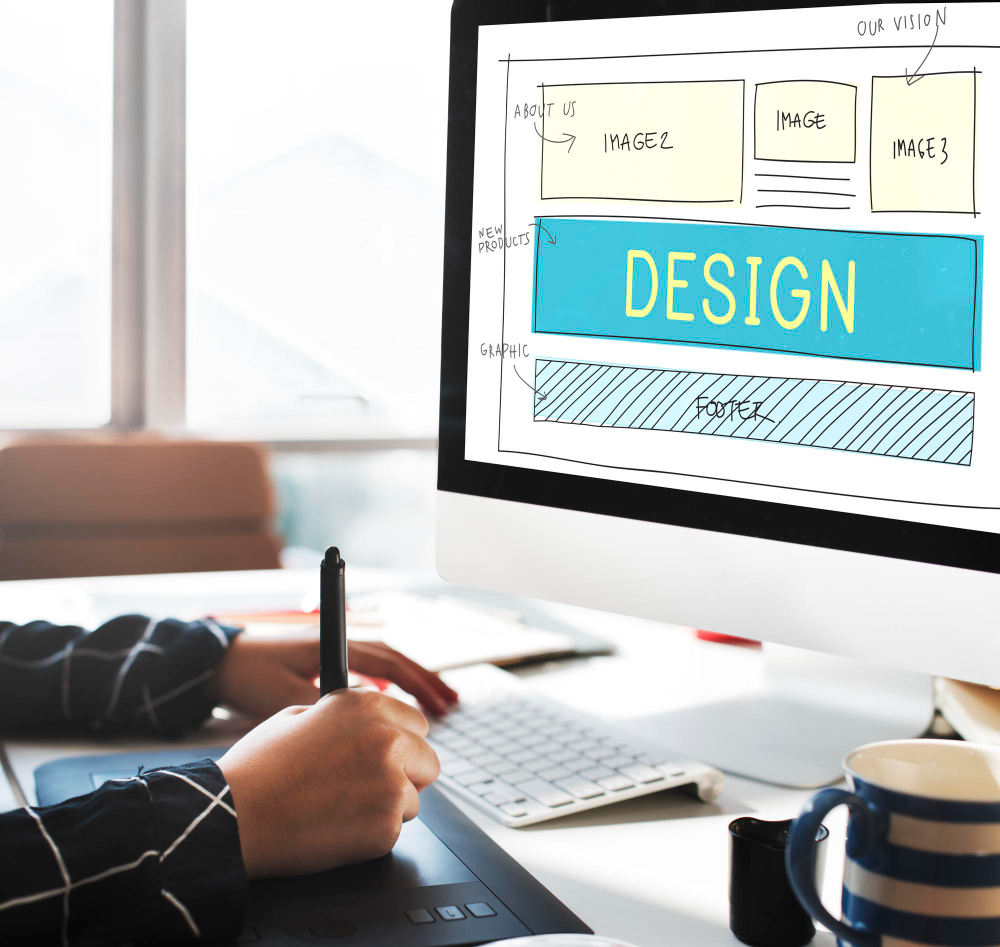Simple Design Hacks to Increase Engagement and Clicks on Your B2C Website
In the fast-paced world of e-commerce, capturing and retaining the attention of customers is more challenging than ever. With countless B2C websites competing for clicks and conversions, how can you stand out? The answer lies in strategic design hacks that not only make your website visually appealing but also drive user engagement and click-through rates. Here’s a deep dive into some effective design hacks to help your B2C website shine.
Craft an Irresistible Hero Section
The hero section—the first thing visitors see—sets the tone for your website. It’s your chance to grab attention immediately. Use high-quality, eye-catching images or videos that resonate with your brand’s identity. Overlay this with a compelling headline and a strong call-to-action (CTA). Ensure that your CTA is prominent and enticing. For example, instead of a generic “Shop Now,” try “Discover Your Perfect Style Today.”
Employ the Power of Contrast and Color
Color psychology plays a crucial role in influencing user behavior. Use contrasting colors to highlight CTAs and important information. Bright, contrasting buttons are more likely to attract clicks. However, balance is key—don’t overwhelm visitors with too many bright colors. A harmonious color palette that aligns with your brand can subtly guide users toward desired actions.
Leverage User-Generated Content
Showcasing user-generated content (UGC) such as customer reviews, testimonials, and social media posts can build trust and authenticity. Displaying real customer experiences and photos can make your site more relatable and engaging. UGC acts as social proof, encouraging visitors to act based on others’ positive experiences.
Simplify Navigation with Smart Menus
A cluttered navigation menu can overwhelm users and lead to higher bounce rates. Simplify your navigation by organizing content into clear, concise categories. Consider using a sticky menu that remains visible as users scroll, making it easy for them to access different sections of your site without having to scroll back up.

Incorporate Interactive Elements
Interactive elements such as quizzes, polls, and sliders can significantly enhance user engagement. For instance, a quiz that helps users find the right product can not only keep them on your site longer but also guide them toward making a purchase. Interactive elements make the experience more dynamic and personalized, which can increase the likelihood of a click.
Utilize High-Quality Imagery and Videos
Visual content is incredibly powerful in capturing user interest. High-resolution images and engaging videos can showcase your products or services in action, providing a better understanding of what you offer. Implementing features like image zoom or 360-degree views can also enhance the shopping experience by allowing users to examine products closely.
Implement Persuasive Copywriting
Effective copywriting can persuade visitors to act. Use clear, compelling language that emphasizes the benefits of your products or services. Highlight unique selling points and create a sense of urgency with phrases like “Limited Time Offer” or “Only a Few Left in Stock.” A persuasive copy combined with a strong CTA can drive conversions and clicks.
Design for Speed
A slow-loading website can be a major deterrent for visitors. Ensure that your site loads quickly by optimizing images, leveraging browser caching, and minimizing unnecessary scripts. A fast, smooth experience keeps users engaged and reduces bounce rates, leading to more clicks and conversions.
A/B Test for Continuous Improvement
Finally, don’t settle for a one-size-fits-all approach. A/B testing different design elements—such as CTAs, headlines, and layouts—can provide valuable insights into what resonates best with your audience. Use these insights to refine and optimize your website continuously, ensuring that you’re always providing the best possible user experience.
Conclusion
In the competitive realm of B2C e-commerce, design is not just about aesthetics—it’s a strategic tool that can significantly impact user engagement and click-through rates. By implementing these design hacks, you can create a more compelling, user-friendly experience that drives action and enhances your website’s performance. Remember, a well-designed website doesn’t just attract visitors; it converts them into loyal customers. So, roll up your sleeves and start optimizing—your future clicks are just a design away!
Ready to elevate your B2C website? Contact us today to explore how our expert team can help implement these design hacks and transform your website into a powerful tool for engaging consumers and driving growth. And don’t forget to check out our Behance portfolio to see how our website design services have helped businesses increase their sales and achieve remarkable success.






Thanks very nice blog! https://bandur-art.blogspot.com/2024/08/the-ultimate-guide-to-no-mans-sky-mods.html